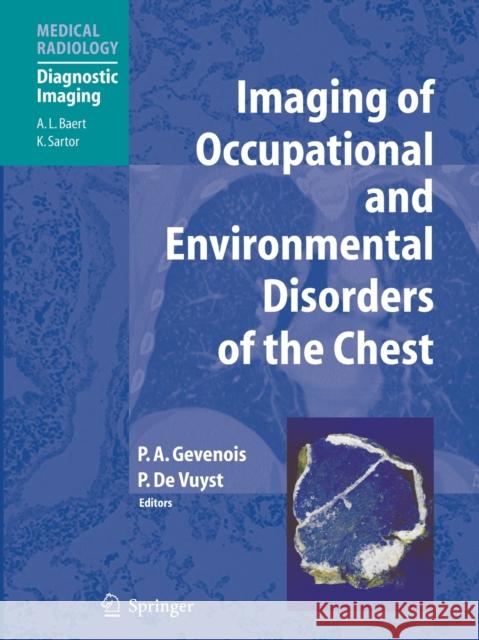Imaging of Occupational and Environmental Disorders of the Chest » książka
topmenu
Imaging of Occupational and Environmental Disorders of the Chest
ISBN-13: 9783662500149 / Angielski / Miękka / 2016 / 302 str.
Kategorie BISAC:
Wydawca:
Springer
Seria wydawnicza:
Język:
Angielski
ISBN-13:
9783662500149
Rok wydania:
2016
Wydanie:
Softcover Repri
Ilość stron:
302
Waga:
0.71 kg
Wymiary:
27.94 x 20.96 x 1.68
Oprawa:
Miękka
Wolumenów:
01
Dodatkowe informacje:
Wydanie ilustrowane











